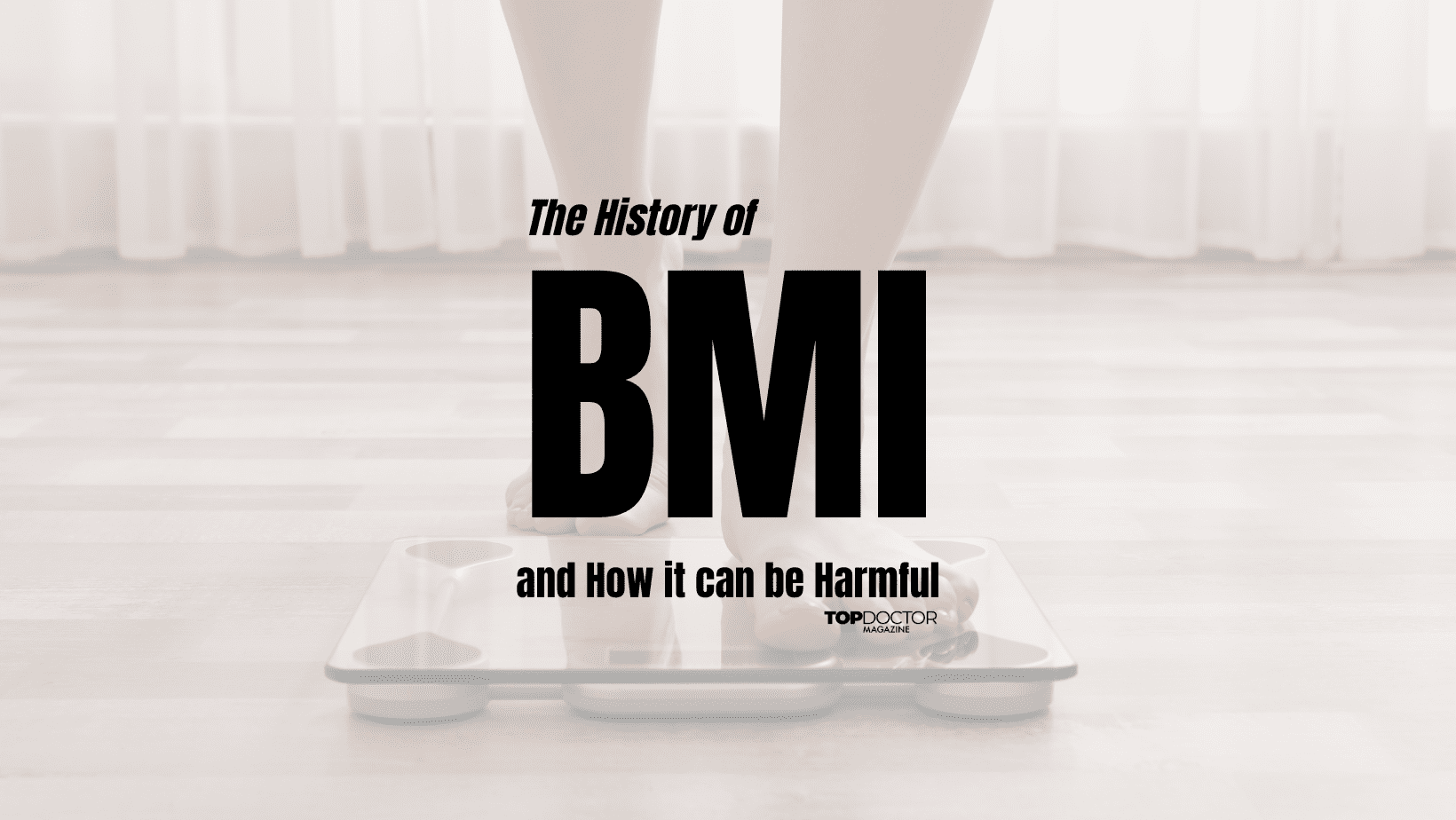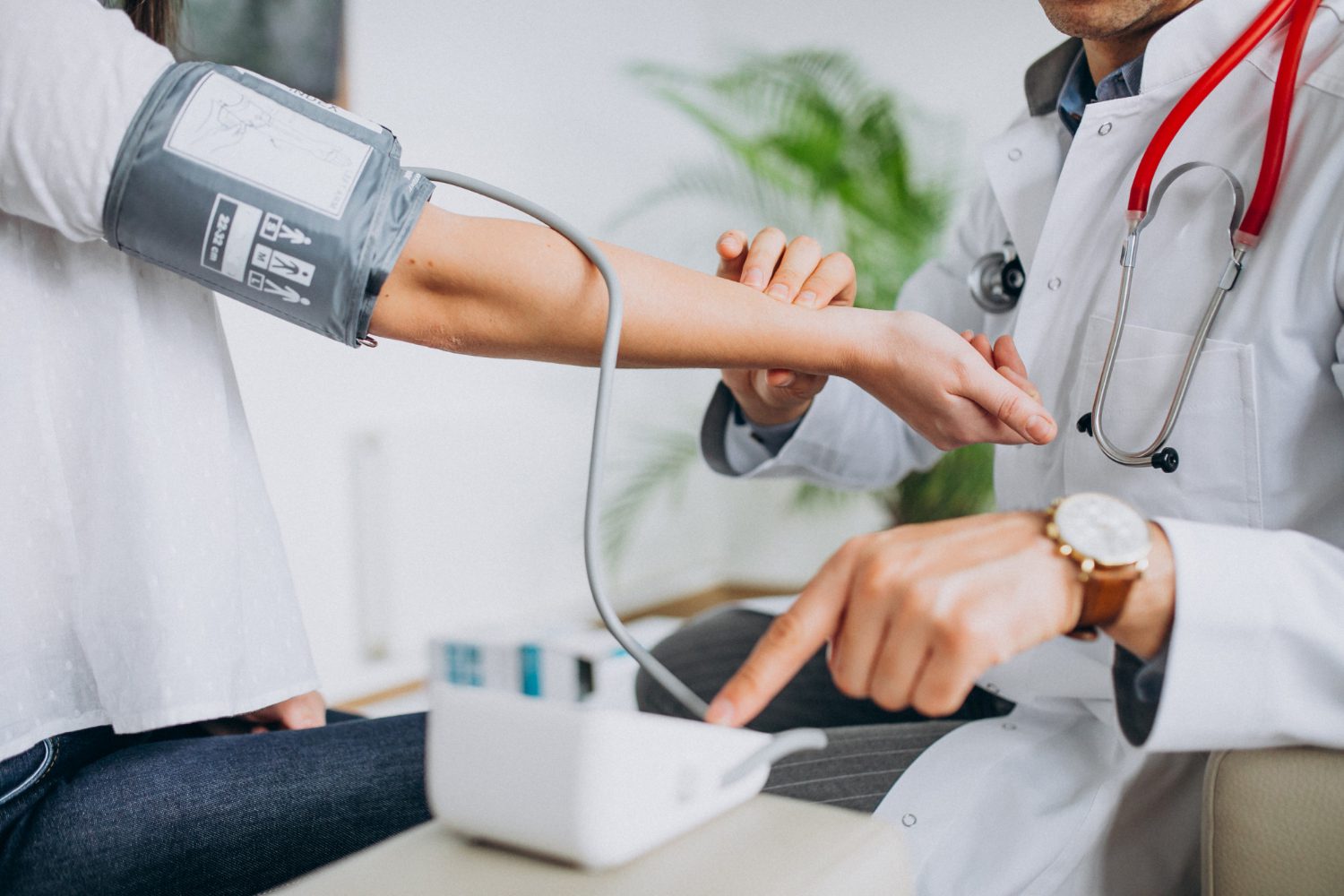Coming across the experience of a major organ failing, whether in a loved one or yourself, can be an extremely harrowing step in the trajectory of our lives. Often, there is a temptation to give into fears about our health and only see the dire aspects of the situation. Fortunately, we live in an age where medicine benefits from many great advances, and research has provided medical professionals with the understanding and the means to treat health problems even as serious as a ruptured appendix.
What is an Appendix Rupture?
Appendix rupture results from untreated appendicitis—if an individual has appendicitis that goes unnoticed and unresolved, the appendix is compromised and releases harmful bacteria into the abdomen. While it is unpleasant to treat appendicitis, it is much more difficult to treat the infections that can result from the spread of this bacteria.
The good news is that appendicitis is unlikely to go untreated for many individuals with access to hospital care. The intense discomfort of appendicitis clues many doctors to the possibility of something much more serious than a stomach problem. The unique appendicitis symptoms include sudden pain that starts on the lower right side of the abdomen, which becomes worse when the individual coughs or walks, nausea, vomiting and loss of appetite.
Research has found that if your appendicitis is treated within 36 hours of the beginning of symptoms, then your chance of appendix rupture is less than 2%. And if you get appendicitis treatment 36 hours or more after the start of symptoms, that risk of appendix rupture only increases to 5%. This is not to say that you should delay getting treatment for what you suspect might be appendicitis! It is to say that the chances of your appendix rupturing are not high as long as you pay attention to your body’s signals.
What are the Causes of Appendix Rupture?
If you or a loved one does experience an appendix rupture, it’s best to know what signs to look out for. Your appendix has a significant amount of bacteria on even a normal day, but problems occur when the opening of your appendix becomes blocked, providing an opportunity for said bacteria to become stuck in the appendix and reproduce. With nowhere to go and nothing else to do, this situation leads to infection, eventually resulting in appendicitis.
Untreated appendicitis only becomes more unpleasant. The progression of the infection leads to an excess of bacterial reproduction and pus, which causes the appendix to swell. Once it swells sufficiently for the regular blood flow to get cut off, the part of the organ most lacking this blood flow dies. This wall is ground zero for a tear to take place, which is the actual rupture that the diagnosis ‘appendix rupture’ refers to.
Once the rupture occurs, the symptoms will become unpleasantly obvious: pain around the belly button, vomiting, then a shifting of the pain from the more central belly button area to the lower right side of the abdomen. Individuals encountering appendix rupture also commonly experience fever, decreased appetite, constipation or diarrhea and abdominal tenderness.
It is worth noting that many experiences of appendix rupture include a period of relief, lasting for several hours as a result of the rupture. This is not because all is right with the appendix, but because the steadily-mounting pressure from the blocked appendix has finally been relieved. Although these symptoms are serious and will almost definitely be noticed, it is possible to read them as indications of other illnesses, such as the stomach flu or ovarian cysts. Consider the possibilities and consult your doctor to pursue the best treatment option.
What Does Treatment for Appendix Rupture Look Like?
If you do find yourself in the situation of an appendix rupture, it will be reassuring to know that you can treat it! Treatment involves removing the appendix in a surgical operation. The tricky part is that the infection and inflammation of the region must be under control before you can undergo surgery. To accomplish this, doctors will provide antibiotics and, in some cases, use a tube to remove excess pus from a large abscess.
The technical name for surgical removal of the appendix is an appendectomy, a procedure performed over a quarter of a million times each year in the U.S. There are two different ways to perform an appendectomy: open or laparoscopic. The name of the latter style refers to the laparoscope, a small camera that surgeons can use to view live images of the patients’ internal organs on a television screen. Whether an appendectomy is conducted in an open or laparoscopic fashion, the basic goal is the same—create a small number of incisions that are only large enough to remove the damaged appendix and interrupt the threat to the patient’s health.
Open surgery is typically preferred because it makes it easier for the surgeon to verify that the infection resulting from the appendix rupture has cleared away completely. Despite the wonderful laparoscopic technology that enables this kind of surgery, the advantages of open surgery cannot be denied in cases of appendix rupture. Either way, full recovery from appendix surgery will typically take between four and six weeks.
How Long Will My Recovery Time Be if My Appendix Ruptures?
The first thing to note is that the surgical appendectomy can only be performed once the infection created by a ruptured appendix has cleared. It can take several weeks for the antibiotics to accomplish this, unfortunately lengthening the amount of time it takes to recover from a ruptured appendix. Appendix rupture recovery can be a slow process, and you should not expect to get out of it without, for example, taking some time off work. It will be a definite disruption to your daily schedule for a time, but recovery is possible, as individuals all across the U.S. can attest to it!
The short answer is that recovery from a ruptured appendix can take as many as 10 weeks or three months because the first stage, during which the patient takes antibiotics to clear away the ruptured appendix’s infection, can take up to four weeks. The second stage, recovery from an appendectomy, can take up to six weeks. Complications from surgery or other health issues could lengthen this timeframe, of course, but it is safe to say that the average recovery time for an appendix rupture and consequent surgery is in the two to three months range.
A Parting Reminder
If your appendix has become blocked and you are developing a case of appendicitis, the best approach is to notice the symptoms early and get treatment as soon as possible. If the situation deteriorates to the point that your appendix ruptures, the processes of surgery and recovery become more difficult and more painful. Fortunately, doctors are trained to recognize the symptoms of appendicitis and possible appendix rupture when they see it, so consult your primary care physician immediately if you suspect that you or a loved one may be on the verge of appendix rupture.






0 Comments